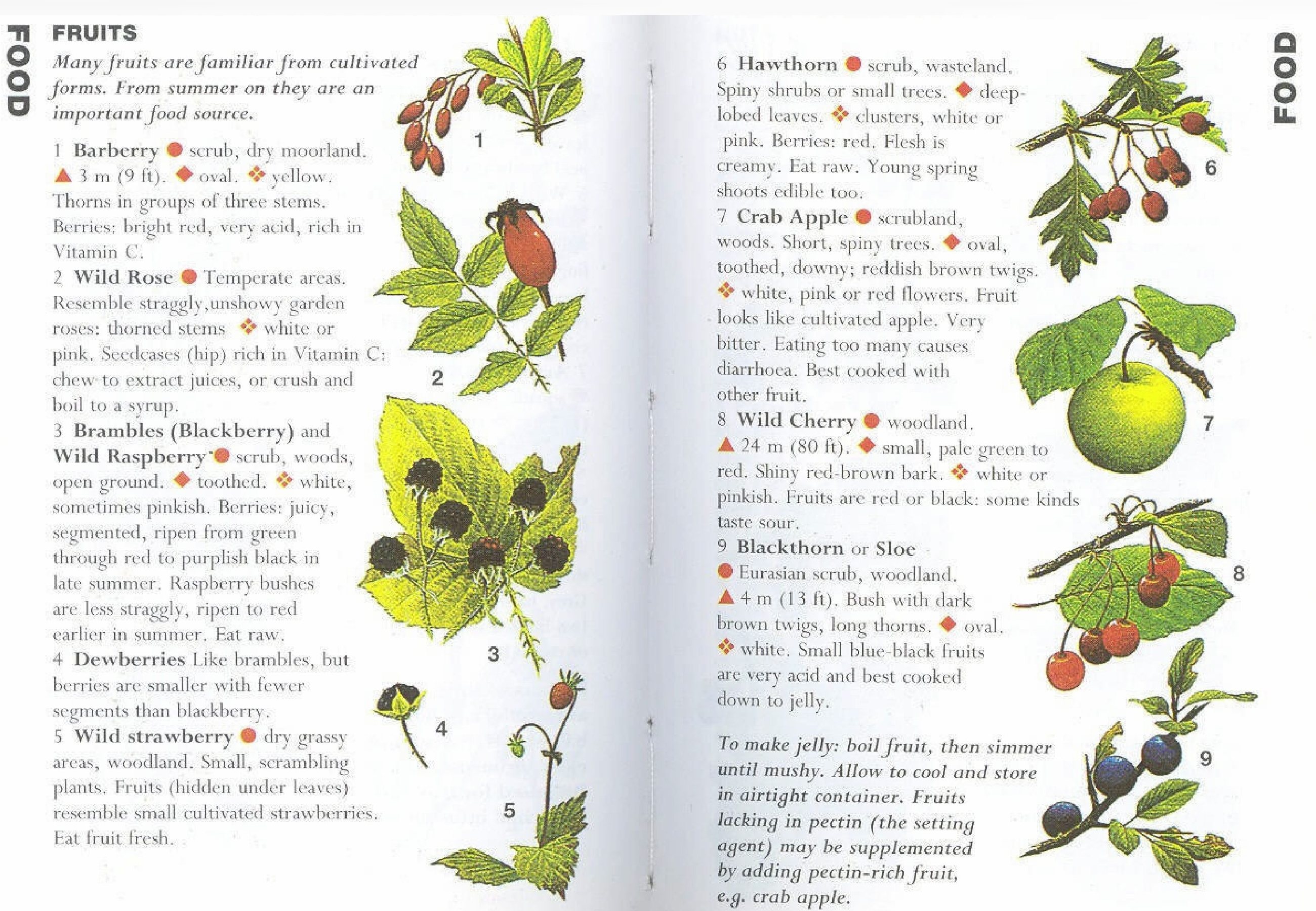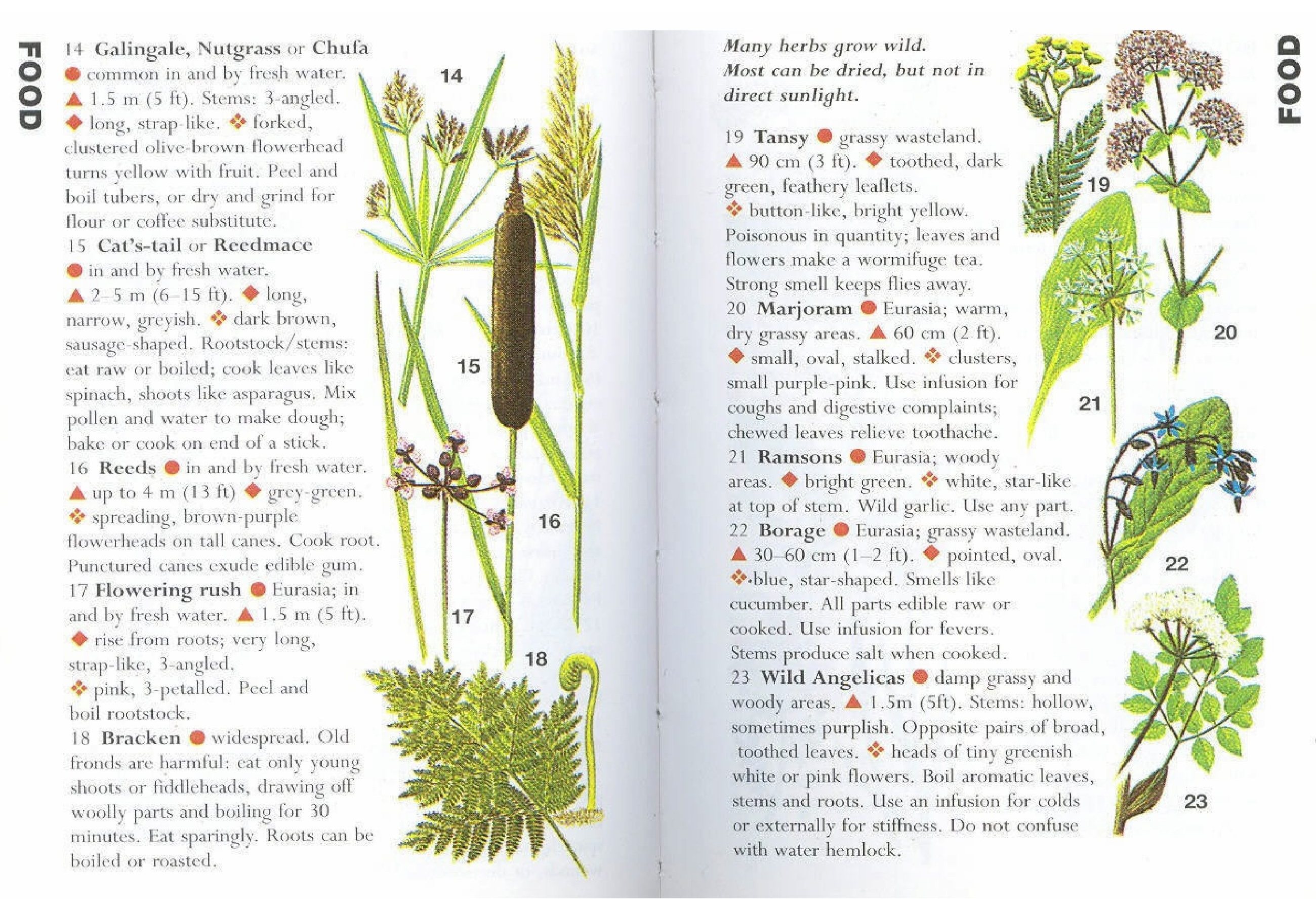Upload Your Infographic
 InfoHow.org
InfoHow.org
Categories
- Advice
- Animals
- Architecture
- Arts
- Banking
- Bitcoin & Blockchain
- Business, Finance & Employment
- Companies
- Countries, Maps & Geography
- Education
- Electronics & Technology
- Entertainment
- Fashion, Clothing & Grooming
- Food & Drink
- Holidays
- How To
- Internet & Communication
- Law & Crime
- Popular Culture & Social Media
- Science
- Social Science
- Society, Culture & Relationships
- Sports & Health
- Statistics
- Survival DIY
- War, Weapons & Military
Survival DIY Archive
SAS 056 – Animal Trapping
A Paiute deadfall, comprising of several extended stays, in addition to a much more limited stay, plus a rope or strand material taken from the shrubbery to interconnect the much […]
SAS 055 – Animal Trapping
A Spring Spear trap is a springy shaft with a lance joined is kept taut over the trail. A slip ring made of smooth material connected to an excursion wire […]
SAS 054 – Animal Dangers & Trapping
It is easier to trap than to hunt small prey. Choice of baits and site is important. Food may be scarce, but a little used as bait may bring rewards.Be […]
SAS 053 – Animal Tracking
Small animals like termites, bees, wasps and hornets, Ants, Locusts, Crickets and grasshopers, snails slugs and worms can be easily tracked and trapped for hunting purposes.
SAS 052 – Animal Tracking
Trapping needs time but might be truly proficient. Trapping may be sheltered and cheap for the trapper, in any case in present day times it has come to be dubious, […]
051 Animal Tracking
Squirrels and Prairie dogs Occur everywhere except Australasia and the Poles, hibernating in COld areas. With wallables and other relatives, limited to Australia, Large kinds can strike a powerful blow […]
SAS 050 – Animal Tracking
Rabbits are widespread and easy to catch. Most live in burrows, often in large numbers and using well worn runs – the places to set snares. Hares do not live […]
SAS 048 – Animal Tracking
Wild cats occur on all continents except Australia and Antarctica, but not common. Secretive and generally nocturnal. Kills of big cats may be scavenged if unatteded, but beware of big […]
SAS 047 – Seaweed & Animal Tracking
Seaweeds occur anchored tot bottom in shallow waters, or floating on open sea. Coastal weeds are often stratified: green forms grow in surface waters, red in shallow water, brown a […]
SAS 046 – Tropical & Seashore Plants
The accompanying seashore plants thrive in salty conditions, at the same time countless different palatable plants happen close to the coast. The Oraches tree, Sea Beet, Sea Rockets, Glassworts and […]
SAS 045 – Tropical Plants
Some of the most useful edible plants are Water spinach, Lotus, Water Lily, Wild Yam, Wild rice, Sugarcane, Millets, Bamboo. One can recognise the relations of cultivated varieties such as […]
SAS 042 – Arctic & Desert Plants
Water is vital to desert survival. Learn water Bearing plants. Eat only if you have water. Some of the water filled edible plants are barrel cacti, Prickly pears. Cut away […]
SAS 041 – Fungi & Arctic Plants
In addition to the hardy arctic plants, many temperate species occur in summer in the far north. Some of the Arctic northern plants are Red Spruce, Black Spruce, Labrador Tea, […]
SAS 039 – Fungi
Agaricus organisms. Maintain a strategic distance from any that stain yellow when cut or wounded, or that scent of carbolic. Some green catches are difficult to recognize from the destructive […]
SAS 036 – Edible Plants
Some poisonous plants are easy to mistake for edible species. Do not take risks: identify carefully. Learn to recognise the following in addition to those illustrated: The ButterCups, Lupins, Vetches […]
SAS 034 – Edible Plants
Nuts acts a very good source of food. Nuts supply proteins and fat. Some of the Nutty food are Pine, Walnut, Pistachio, Oak, Hazel.
SAS 033 – Edible Plants
Roots are starchiest between autumn and spring. All roots should be thoroughly cooked. Scrub in clean water, boil until soft, then roast on hot stones in embers. To cook more […]
SAS 031 – Edible Plants
Some plants have edible stems. If they are soft, peel off outer stringy parts, slice, then boil. Inner pith of some stems, example elder, can be extracted by splitting stem […]
SAS 030 – Edible Plants
In Spring and summer yound shoots are tender. Some may be eaten raw; many are best cooked; wash in clean water, rub off hairs and boil in a little water […]
SAS 029 – Food
Gathering plants is one of the tedious tasks to identify place for food. Gather plants systematically. Take a container on foraging trips to stp the harvest being crushed, which makes […]
SAS 028 – Food
Should stomach trouble occur, drink plenty of hot water; do not eat again until the pain goes. If it is severe, induce vomiting by tickling the back of the throat. […]
SAS 027 – Food Values
A healthy body can survive on reserves stored in its tissues, but food is needed to supply heat and energy, and to recover after hard work, injury or sickness. Seventy […]
SAS 026 – Tropical Regions
A wide mixed bag of tree grown foods, roots and leaves are ready. Banana, papaya, mango and figs are effortlessly distinguished, anyhow you might discover the abundance of tropical nourishments […]

![SAS 056 – Animal Trapping A Paiute deadfall, comprising of several extended stays, in addition to a much more limited stay, plus a rope or strand material taken from the shrubbery to interconnect the much […]](https://www.infohow.org/wp-content/uploads/2012/11/SAS-056-Animal-Trapping.jpg)
![SAS 055 – Animal Trapping A Spring Spear trap is a springy shaft with a lance joined is kept taut over the trail. A slip ring made of smooth material connected to an excursion wire […]](https://www.infohow.org/wp-content/uploads/2012/11/SAS-055-Animal-Trapping.jpg)
![SAS 054 – Animal Dangers & Trapping It is easier to trap than to hunt small prey. Choice of baits and site is important. Food may be scarce, but a little used as bait may bring rewards.Be […]](https://www.infohow.org/wp-content/uploads/2012/11/SAS-054-Animal-Dangers-Trapping.jpg)
![SAS 046 – Tropical & Seashore Plants The accompanying seashore plants thrive in salty conditions, at the same time countless different palatable plants happen close to the coast. The Oraches tree, Sea Beet, Sea Rockets, Glassworts and […]](https://www.infohow.org/wp-content/uploads/2012/11/SAS-046-Tropical-Seashore-Plants.jpg)
![SAS 045 – Tropical Plants Some of the most useful edible plants are Water spinach, Lotus, Water Lily, Wild Yam, Wild rice, Sugarcane, Millets, Bamboo. One can recognise the relations of cultivated varieties such as […]](https://www.infohow.org/wp-content/uploads/2012/11/SAS-045-Tropical-Plants.jpg)
![SAS 042 – Arctic & Desert Plants Water is vital to desert survival. Learn water Bearing plants. Eat only if you have water. Some of the water filled edible plants are barrel cacti, Prickly pears. Cut away […]](https://www.infohow.org/wp-content/uploads/2012/11/SAS-042-Arctic-Desert-Plants.jpg)
![SAS 041 – Fungi & Arctic Plants In addition to the hardy arctic plants, many temperate species occur in summer in the far north. Some of the Arctic northern plants are Red Spruce, Black Spruce, Labrador Tea, […]](https://www.infohow.org/wp-content/uploads/2012/11/SAS-041-Fungi-Arctic-Plants.jpg)
![SAS 039 – Fungi Agaricus organisms. Maintain a strategic distance from any that stain yellow when cut or wounded, or that scent of carbolic. Some green catches are difficult to recognize from the destructive […]](https://www.infohow.org/wp-content/uploads/2012/11/SAS-039-Fungi.jpg)
![SAS 036 – Edible Plants Some poisonous plants are easy to mistake for edible species. Do not take risks: identify carefully. Learn to recognise the following in addition to those illustrated: The ButterCups, Lupins, Vetches […]](https://www.infohow.org/wp-content/uploads/2012/11/SAS-036-Edible-Plants.jpg)

![SAS 033 – Edible Plants Roots are starchiest between autumn and spring. All roots should be thoroughly cooked. Scrub in clean water, boil until soft, then roast on hot stones in embers. To cook more […]](https://www.infohow.org/wp-content/uploads/2012/11/SAS-033-Edible-Plants.jpg)

![SAS 031 – Edible Plants Some plants have edible stems. If they are soft, peel off outer stringy parts, slice, then boil. Inner pith of some stems, example elder, can be extracted by splitting stem […]](https://www.infohow.org/wp-content/uploads/2012/11/SAS-031-Edible-Plants.jpg)
![SAS 030 – Edible Plants In Spring and summer yound shoots are tender. Some may be eaten raw; many are best cooked; wash in clean water, rub off hairs and boil in a little water […]](https://www.infohow.org/wp-content/uploads/2012/11/SAS-030-Edible-Plants.jpg)
![SAS 029 – Food Gathering plants is one of the tedious tasks to identify place for food. Gather plants systematically. Take a container on foraging trips to stp the harvest being crushed, which makes […]](https://www.infohow.org/wp-content/uploads/2012/11/SAS-029-Food.jpg)
![SAS 028 – Food Should stomach trouble occur, drink plenty of hot water; do not eat again until the pain goes. If it is severe, induce vomiting by tickling the back of the throat. […]](https://www.infohow.org/wp-content/uploads/2012/11/SAS-028-Food.jpg)
![SAS 027 – Food Values A healthy body can survive on reserves stored in its tissues, but food is needed to supply heat and energy, and to recover after hard work, injury or sickness. Seventy […]](https://www.infohow.org/wp-content/uploads/2012/11/SAS-027-Food-Values.jpg)
![SAS 026 – Tropical Regions A wide mixed bag of tree grown foods, roots and leaves are ready. Banana, papaya, mango and figs are effortlessly distinguished, anyhow you might discover the abundance of tropical nourishments […]](https://www.infohow.org/wp-content/uploads/2012/11/SAS-026-Tropical-Regions.jpg)
 Upload your infographic here and contribute to our community.
Upload your infographic here and contribute to our community.